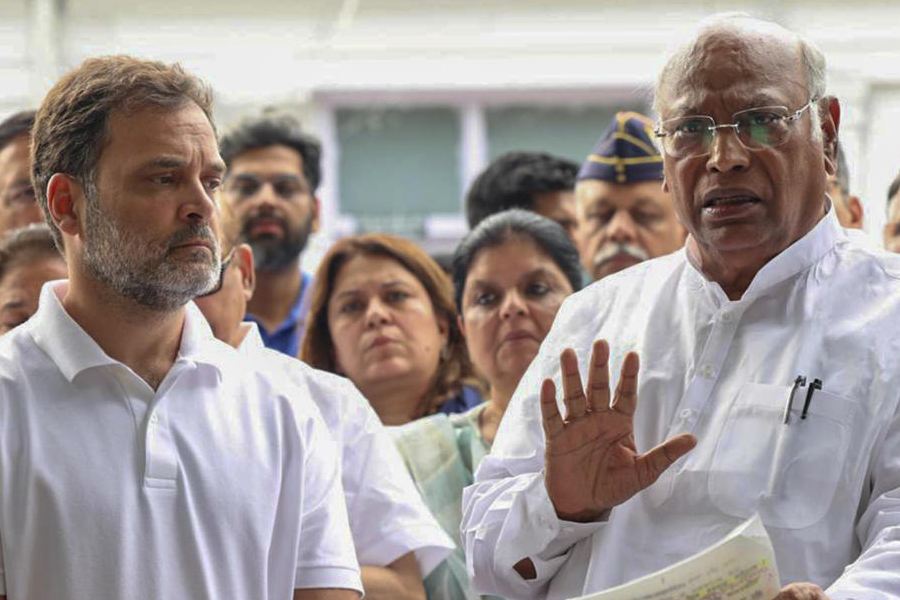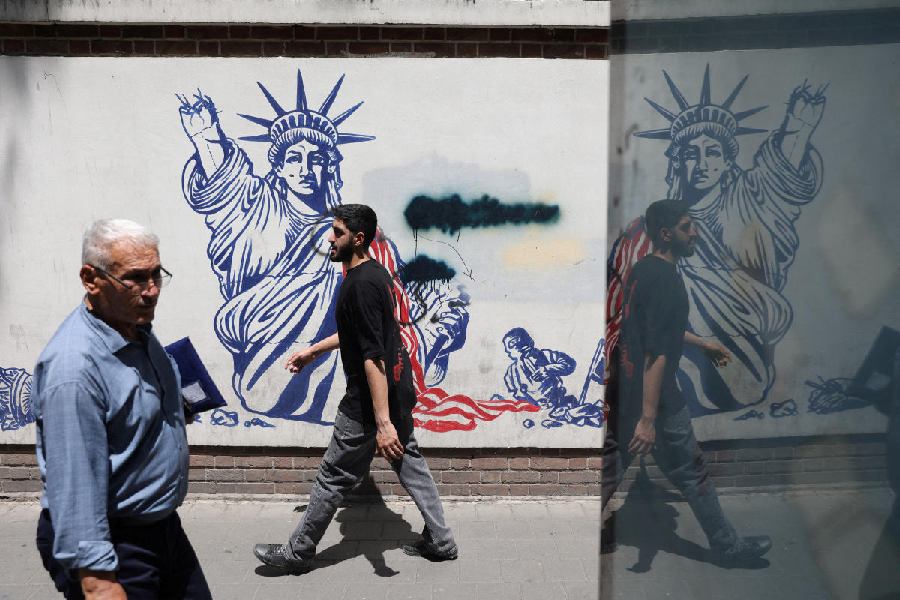 |
 |
 |
| (From top) An AI GP car at the Dubai autodrome; a Richard-Brasier car and a Wolsley marque — both available in India in the early 1900s |
At the beginning of the 20th century, the few cars that trundled down roads were a far cry from the mean machines that zip about nowadays. Back then the contraptions that served as cars were made by manufacturers that do not exist today ? those like Richard-Brasier, Wolseley and others. While most of the cars at the time, were meant for families, some manufacturers also made racing cars, with huge eight to 10-litre engines that dwarf the Formula One engines of today, but develop a fraction of their power. Those were the racing cars of that time and speed was speed, both thrilling and exciting.
In a few weeks time, it will be all systems go for the A1 GP series, the brainchild of, and promoted by Sheikh Makhtoum of Dubai. The AI GP is very interesting concept in which countries will be pitted against countries and the drivers will be racing for national pride. However, while the good Sheikh can be credited for the starting order ? ?Gentlemen, for the pride of your nations start your engines? ? in what is being perceived as a ?World Cup of Motorsport?, the fact is the concept of countries racing against one another goes back several years, to just after 1900 and Europe, which at that point of time was the world as far as Westerners were concerned.
Just as Sheikh Makhtoum is considered a pioneer in motorsport today, the world at that time had another racing pioneer ? a man whose actions would result in motorsport organising itself and laying the foundations of what we see today. That man was Gordon Bennett. The early part of the 20th century was a time when motoring was in its nascent stages and racing was seen as a way to promote sales. After all, if a car was seen to be doing well in an arduous race, people would obviously be interested in buying it.
Gordon Bennett was a newspaper publisher. His father, James Gordon Bennett was a Scot who?d migrated to the USA and in 1835, established a newspaper called the New York Herald, which did very well. As a result, Gordon Bennett was born with a silver spoon in his mouth and it was only natural that he would take over the reins from his father. This he did in 1887 and soon, Bennett was spending money in ways that put him and his newspaper in the limelight. The famous quote ?Dr Livingstone, I presume? is thanks to Gordon Bennett funding the expedition by Henry Stanley to find Dr David Livingstone who had gone missing.
While Gordon Bennett was an automobile enthusiast, his intentions were not really car-related. He had schooled in France and so, in 1887, he set up an English-language newspaper called the Paris Herald there. Incidentally, that paper still exists today but is known as the International Herald Tribune. It was to promote the Paris Herald that Bennett started what he called the International Challenge Cup. But soon it became know as the Gordon Bennett Cup.
France was at the time the leading country in the world, automotively speaking. So Bennett decided to throw in his lot with the Automobile Club de France (ACF) and was involved in formulating the rules. Basically, only clubs that were recognised in the eyes of the ACF would be allowed to race, which meant official entries from the AAs in America, Austria, Belgium, Germany, Great Britain, Ireland, Switzerland and Italy (Turin) were eligible. Each country would be allowed to enter three teams and three drivers. The other stipulation was that the cars had to be built in the country that was competing. Although the inaugural race was in France, if another country won it, the honour of holding the race the following year went to that country .
The first race was held on June 14, 1900 and the response was not very encouraging ? France was the only country with three cars (but of course) while America, Belgium and Germany had one entry each. The French cars were all Panhards, which led to a bit of ill feeling as Mors, another French manufacturer felt left out. America sent a Winton, Belgium, a Snoek Bolide and Germany, a Benz. Everything was perfect for the Paris-to-Lyon race except for a minor detail ? the organisers didn?t have permission to race on public roads. The race did start at short notice though, but without the German entry as the car wasn?t ready. But there was an unofficial entry ? a Mors, contesting in the hope of winning and delivering a silent protest to the French team selectors.
The American car retired due to a mechanical problem while the driver of the Belgian car first got lost and then decided enough was enough after having to overcome car trouble, gendarmes, dogs and sheep on the road. Thus the three Frenchies went at it themselves before two of them dropped out due to gearbox and steering problems. The third Panhard was on the verge of dropping out too but continued after being informed that he was the only one left in the race, and France?s honour was at stake. The Mors finished second (unofficially of course) and finally the Panhard turned up too. That was the first Gordon Bennett Cup race.
The Gordon Bennett Cup became the focus of the racing fraternity over the next five years but when the ACF wanted to change its rules to allow more entries (mostly from France) Bennett disagreed and turned his energy towards aviation. The ACF decided to formulate its own rules for a separate race. That was the beginning of the Grand Prix. This year marks the centenary of the last of the Gordon Bennett Cup races. Bennett died in 1918. But the mantle has been passed on, so to speak, to the A1 GP.
My first car
 |
Raghavendra Rathore
fashion designer
I love driving, so if I can help it I don’t let a driver into the car. Because in Rajasthan if you do not drive your own car, you’re considered a wimp. The first car that I bought was with $500 in Bremont, America. It was a Honda Civic Sports version with a sunroof. No, I didn’t borrow a single penny from home. When I was in college in Bremont, I worked on the campus, painted houses and scraped together the cash. I went to a used car garage and wanted to buy an old car. The guy there showed me the Honda which had a technical flaw. But I was studying electronics, so I bought it and repaired it. Of course, your popularity goes up a few notches on the campus when you are the proud owner of a car. We got to take the ladies down the hill to the campus. In fact, the keys to the car would hang in the dormitory, so anybody could head out with it.











